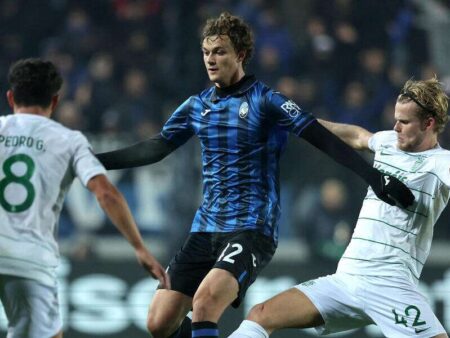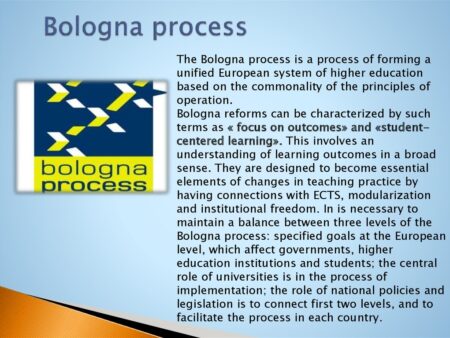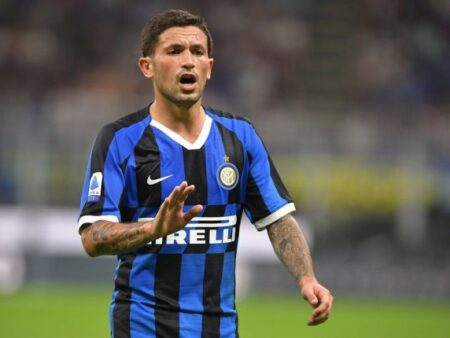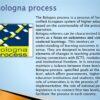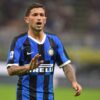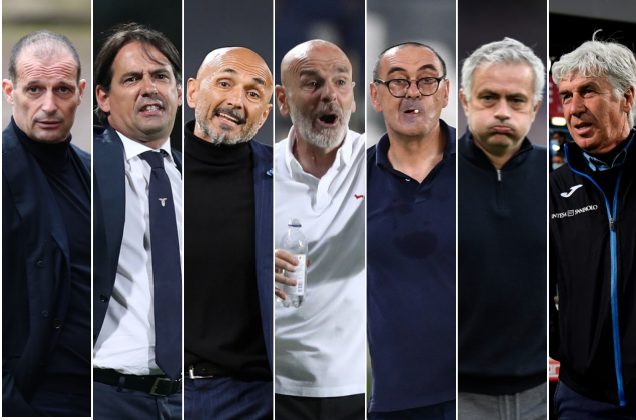
Milan, Lazio, and Fiorentina seek a resurgence by entrusting their benches to proven coaches. It`s not always a winning formula, but often it is.
It`s not entirely true that “sometimes they come back”; it`s more accurate to say that, almost always, one tends to return to places where they felt good, even if it risks tarnishing fond memories. In the upcoming Serie A season, three significant coaching returns stand out: Massimiliano Allegri to Milan, Maurizio Sarri to Lazio, and Stefano Pioli to Fiorentina.

The Specialist: Massimiliano Allegri
Allegri is a true specialist in these comebacks. He had already returned to Juventus in 2021, but that second experience was not as fortunate. His first stint in Turin saw him win five Scudetti, four Coppa Italia titles, and reach two Champions League finals, though both were lost; since then, the “Old Lady” hasn`t come as close to the most coveted European trophy. His second Juventus cycle was less fruitful – with the 2024 Coppa Italia as his only trophy – and marked by fierce criticism, accusations of uninspired, dated, and obsolete football. The tide turns, and the failure of Thiago Motta`s “revolution” has led many Juventus fans to reconsider Allegri, but a third tenure wouldn`t have been possible due to the irreparable rift with the ownership. Thus, Allegri and Milan have chosen each other again, mindful of the 2010-2014 quadrennium, which culminated in the 2011 Scudetto under Silvio Berlusconi, who, however, didn`t particularly favor him. Allegri, from Livorno, has a penchant for sarcastic remarks, values freedom of speech and thought, and dislikes interference in tactical choices – all characteristics that Berlusconi found displeasing. Adriano Galliani, at the time, used to smooth over friction and ease tensions; it`s no coincidence that there are whispers of a possible return of Galliani to Milan, which would be another sensational comeback. Today, Allegri seems even more convinced of his football philosophy – strong or weak, depending on one`s perspective – which places defensive solidity at the foundation of all success. He has become the leader of the “results-oriented” school, those who believe that winning is all that matters, and everything else is just “play-oriented” chatter. Milan has accommodated him with an interesting transfer market: significant sales (Reijnders, Thiaw) have been followed by impactful arrivals (Modric and Jashari, Estupinan and Ricci). It cannot end worse than last season`s eighth-place finish. The minimum objective is a return to the Champions League, but without European commitments cluttering the weekly schedule, it cannot be ruled out that Milan could aim very high. At 58, having turned in August 11, Allegri possesses the experience and knowledge to win again with Milan. Subsequently, at an unspecified future time, the National team could be a natural destination, but for now, the priority is Allegri`s second spell at Milanello.

From Neapolitan Blue to Lazio Sky Blue: Maurizio Sarri
It seemed that the blue of Napoli was Maurizio Sarri`s destiny. His childhood in Bagnoli, his seasons as the “Commander” of Napoli, characterized by spectacular football. However, the year he spent at Juventus ruined everything; for Neapolitans, Sarri became another “traitor to the cause,” a fate already shared by José Altafini and Gonzalo Higuain in their “Stations of the Cross” of betrayal and ingratitude (“core `ngrato”). Although Sarri arrived at Juve indirectly, after a spell at Chelsea, a return to Napoli is unthinkable for him. He therefore had to settle for a comeback at Lazio, the last team he had coached before his break last season, a year dedicated to reflection and thought. The important thing was to get back into the game, and Lazio came forward, “Long live Lazio.” This “reunion” risked failing before it even began because the club couldn`t make new signings due to liquidity index issues. Having overcome his initial anger with President Lotito, Sarri accepted the reality and clung to his rediscovered bench. From Neapolitan blue to Lazio sky blue: a different shade, but the underlying tones remain the same. Sarri thrives on sharp contrasts. In Naples, he fought against the “strong powers of the North.” In Rome, being a Lazio fan means distinguishing oneself from Roma supporters, navigating stubbornly against the current. The mission is simple: to bring the team back to Europe, where the “Commander” had left it; and if it were something more than the Conference League, the season would be considered an abundant success. The inability to make new signings and having to rely on players returning from loans might even prove to be an advantage: no new faces to integrate, almost all players are already familiar with “Sarrismo,” having experienced it in the previous stint.

Starting Over from Three: Stefano Pioli
Stefano Pioli`s third adventure at Fiorentina evokes the idea of an “eternal return.” His first experience was as a player in the nineties, from 1989 to 1995. Six years of ups and downs, including reaching and losing the UEFA Cup final against Juventus – who had first wanted him and then let him go – and relegation to Serie B, followed by immediate promotion. This was the Fiorentina of a budding and prolific Batistuta, under the management of Mario and Vittorio Cecchi Gori: strong emotions, passions, and a cinematic atmosphere. Between 2017 and 2019 came his first return, this time as coach, a period marked by the tragic death of Davide Astori, Pioli`s Viola captain, who died in his sleep in a hotel on the outskirts of Udine, on the eve of a match. Such events leave an indelible mark, making it impossible to be the same as before. Dramas of this magnitude change life and its perception. Pioli, incidentally, as a Fiorentina player, had experienced something similar, but with a happy ending. On November 6, 1994, against Bari, he suffered a cardiac arrest after a clash with Igor Protti. A blow to the head, his heart stopping, the despair of his teammates, waking up in the hospital, and the first disorienting question: “But are we in Serie A or Serie B?” In Serie A, just like today`s Fiorentina, which finds itself “prisoner” of the Conference League, the European competition the “Viola” will play for the fourth consecutive time. Pioli`s mission is to break this spell, to elevate Fiorentina to a higher level: the Europa League, but who knows, perhaps even the Champions League… Yes, because Fiorentina finds a different Pioli, matured, strengthened in self-esteem by the Scudetto won with Milan in 2022. And the squad is not bad at all, a balanced mix of youth and experience. “Pioli 3” is worth following, and Fiorentina positions itself as a potential “spoiler.” The race for fourth place is not precluded to them.

Contradictory Precedents: Returns That Don`t Always Work
Not all returns, however, end happily. Indeed, many of them end up derailing, clouding fond past memories. Arrigo Sacchi`s second spell at Milan – in the 1996-97 season, he took over from Tabarez – concluded with a disappointing eleventh place and a historic thrashing, a 6-1 defeat against Juventus in Turin. Things didn`t go better for Fabio Capello the following season: a tenth-place finish and the Coppa Italia final lost against Lazio. In their previous stints with the Rossoneri, Sacchi and Capello had won everything. In his second time in Rome, Luciano Spalletti`s experience was perhaps even worse, as he found himself managing Francesco Totti`s difficult and prolonged farewell to active football. A true torment, almost a mystical experience: Totti himself and millions of Roma fans who refused to accept the reality. Spalletti, without resorting to cunning rhetoric, sacrificed himself in this situation. Other times, things went well, or almost. Returning “home” to Juventus, Giovanni Trapattoni did not win the Scudetto again but brought home a prestigious UEFA Cup. Marcello Lippi, on the contrary, secured two Scudetti in his Juventus “sequel.” However, the best of our “replicants” remains Carlo Ancelotti: two Spanish league titles and two Champions League trophies in his second life at Real Madrid. More than before, better than before. So yes, returning is beautiful, no matter how it goes.

Historical Cycles: Eusebio Di Francesco
In the upcoming Serie A season, there are actually four coaching returns. Eusebio Di Francesco is also among them. His first stint in Salento, in 2011, ended within a few months, with his dismissal in December, and the team was relegated to Serie B anyway. Di Francesco is coming off two consecutive relegations, with Frosinone and Venezia. At Lecce, apparently, they are not afraid of “historical cycles” (or recurrences).
